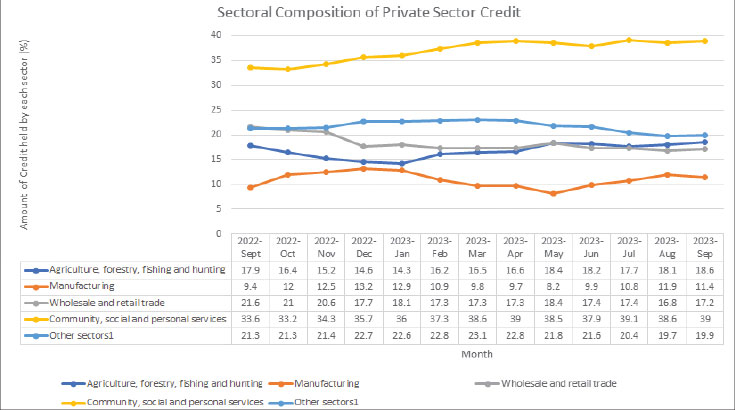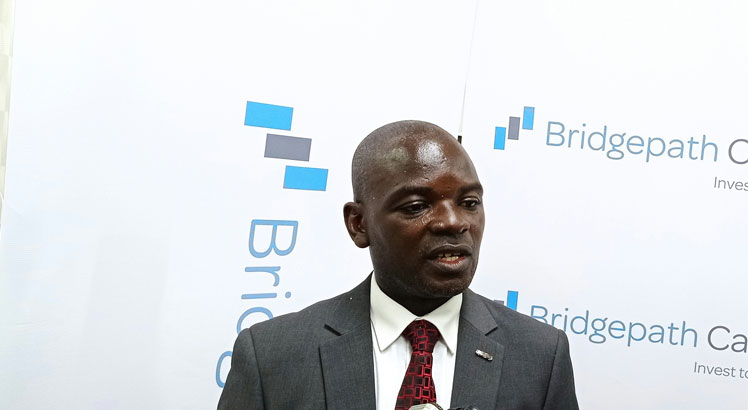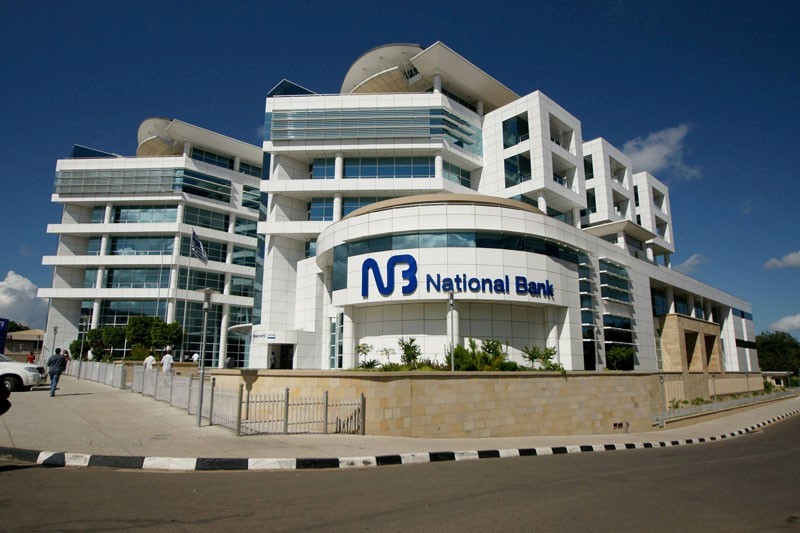Private sector credit remains below par
Private sector credit to the manufacturing and agricultural sectors have risen by three percent and 17 percent, respectively, but economic experts say the changes are not significant enough to expand production in critical sectors of the economy.
Data contained in the September issue of the Reserve Bank of Malawi (RBM) Monthly Economic Review shows that private sector credit to the manufacturing sector has risen to 11.4 percent at the end of September, the last month where official data is available from 9.4 percent at the corresponding period last year.
Likewise, credit to the agriculture, forestry, fishing and hunting sector grew 0.2 percentage points from 17.9 percent at the end of September 2022 to 18.6 percent at the end of September this year.
The developments show that the agriculture and manufacturing sectors, which are earmarked as the main drivers of economic growth in Malawi 2063, have secured more loans from the private sector.

The second iteration of the National Export Strategy II (2021-2026) is also anchored on industrial development through manufacturing value-added products for exports to reduce the growing trade balance in the country.
Reacting to the developments, Economics Association of Malawi (Ecama) president Betchani Tchereni said the changes in the sectoral composition of credit do not necessarily signify a desire to expand production, but could reflect the desire to cater to existing costs.
In a telephone interview, he said: “The growth we are seeing there is a result of the devaluation and inflation. Most manufacturers secure credit in dollars but have to pay in kwacha. So, they might have gone back to secure more loans to repay existing debt or to keep up with rising costs of production.”
Tchereni, who teaches economics at the Malawi University of Business and Applied Sciences, further said that analysing the data to explore the actual areas that the credit was used for in the manufacturing sectors might show that not all the funds went to production.
The economic report did not contain any segregated data on the expenditure items that the credit was used for.
In a separate interview, Lilongwe University of Agriculture and Natural Resources agricutural economist Horace Phiri said that the changes may not be enough to make any meaningful change on investments in the agricultural sector.
He said: “If you need to make a comparison, you have to compare with the same time last year. That means the growth is less than one percent. Private sector credit to the [agricultural] sector tends to be seasonal.”
The Malawi Government has implemented various financing mechanisms to support the manufacturing sector and promote industrial development, including the Export Development Fund and Malawi Agricultural and Industrial Development Corporation.






One Comment